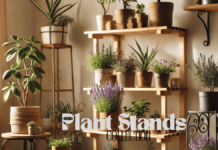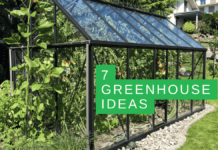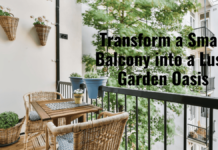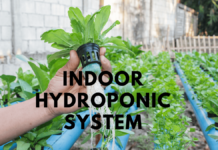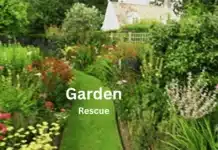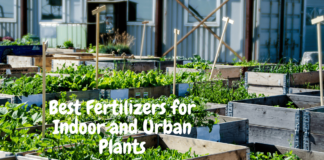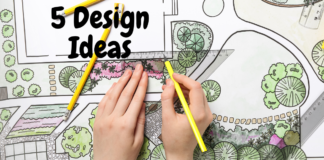Freestanding greenhouses are popular for their flexibility and scalability, but they come with unique challenges. Whether you’re a homeowner, urban gardener, or commercial grower, understanding these drawbacks can save you time, money, and frustration. In this guide, we’ll break down the Top Freestanding Greenhouse Disadvantages, provide solutions tailored to specific audiences, and share real-life experiences and research insights.
What is a Freestanding Greenhouse?
A freestanding greenhouse is a standalone structure not attached to a building. It’s typically built in open spaces like backyards, farms, or urban balconies. While versatile, its independence creates unique challenges compared to attached or lean-to greenhouses.When I first decided to install a freestanding greenhouse, the idea of having an independent structure with the freedom to choose the location anywhere on my property was exciting. With no restrictions from nearby buildings, I imagined it as the perfect way to grow a variety of plants under the best sunlight and airflow conditions. But after a few seasons, I realized that this standalone design, though popular among many gardeners, came with real challenges.
Top 10 Freestanding Greenhouse Disadvantages
I personally experienced and found through additional research studies, including findings from greenhouse design experts and university extension programs.
1. Higher Upfront Investment
Unlike lean-to greenhouses that share a wall with an existing house, garage, or shed, a freestanding greenhouse needs a full foundation, walls, and a roof. This complete setup means more materials, more labor, and a much higher initial cost. It’s a serious investment for anyone on a tight budget.
2. Increased Heating and Utility Costs
Since the structure stands alone, there’s no shared insulation from buildings. This leads to more energy required to maintain a stable temperature, especially in cooler climates. A study by the University of Vermont Extension revealed that freestanding greenhouses could use up to 30% more heating energy than attached greenhouses in colder months.
3. Greater Exposure to Harsh Weather
Because it’s fully exposed to weather conditions, a freestanding greenhouse experiences more wear and tear. Over the years, I had to invest in repairs and replacements for damaged parts after storms and strong winds. Without proper care and high-quality materials, the lifespan of the greenhouse can shorten quickly.
4. More Demanding Maintenance
Long-term maintenance considerations are often overlooked. I found myself spending extra time and money to clean, repair, and update parts of the structure. Unlike attached greenhouses, these require regular upkeep on all sides and roof panels to ensure performance.
5. Space Limitations in Smaller Areas
While larger freestanding models offer ample room, they aren’t practical for urban or compact backyards. If you’re limited on land, you’ll need a smaller model, which often restricts your planting space and movement inside.
6. Challenging Interior Layout
With less room, it becomes hard to arrange shelves and benches efficiently. I struggled with the narrow layout, especially in a small footprint. Thankfully, I later discovered vertical techniques and stackable planters to better optimize the interior, but it required thoughtful planning.
7. Less Energy Efficiency
Unlike a lean-to design that benefits from the warmth of the attached building, a freestanding greenhouse loses heat quickly. The system must work harder to keep temperatures consistent. This setup minimizes utility efficiency, raising energy use and heating bills over time.
8. Difficult to Relocate Once Installed
While it’s technically possible to move a freestanding greenhouse, doing so is not easy. Once it has a solid foundation and permanent structure, relocating it takes significant effort and may require disassembly, which can damage parts or weaken its durability.
9. Takes Up Valuable Outdoor Space
In tight quarters or urban areas, a standalone greenhouse can sacrifice valuable outdoor space that could be used for other activities. Unlike attached greenhouses, these do not make the most of restricted areas and can feel intrusive in small gardens.
10. Not Ideal for Quick or Budget Builds
If you’re a beginner or simply trying to build a cost-effective greenhouse quickly, the freestanding design might not suit your plan. The requirements—from full construction to insulation systems—are higher, complex, and often increase expenses, making it less attractive for beginners looking for a simpler entry into gardening.
Case Study 1: Retired Ron’s Heating Cost Crisis
Ron, a 68-year-old gardener in Vermont, spent $1,500 annually heating his greenhouse. By adding insulation and a solar heater, he reduced costs by 40%.
Case Study 2: Urban Gardener Greg’s Balcony Solution
Greg used a $200 pop-up greenhouse on his NYC balcony to grow herbs year-round, avoiding HOA conflicts.
Research Insight: Pest Control in Freestanding Greenhouses
A 2021 University of California study found that companion planting (marigolds, basil) reduced pest infestations by 25%.
FAQs About Freestanding Greenhouses
1. Are freestanding greenhouses worth it?
Yes, but only if you address climate challenges and budget for hidden costs.
2. What’s the cheapest freestanding greenhouse?
Hoop houses ($200–$500) or DIY PVC setups.
3. How do I stabilize a greenhouse in windy areas?
Anchor it with ground stakes and use wind-resistant materials like polycarbonate.
4. Can I move a freestanding greenhouse?
Yes! Renters like Rachel use lightweight, modular kits.
Conclusion:
Freestanding greenhouses offer unparalleled flexibility for growers, but their drawbacks—from high costs and weather vulnerability to zoning restrictions and energy inefficiency—require careful consideration. By understanding these challenges through the lens of your unique needs, you can turn potential frustrations into opportunities for innovation.


